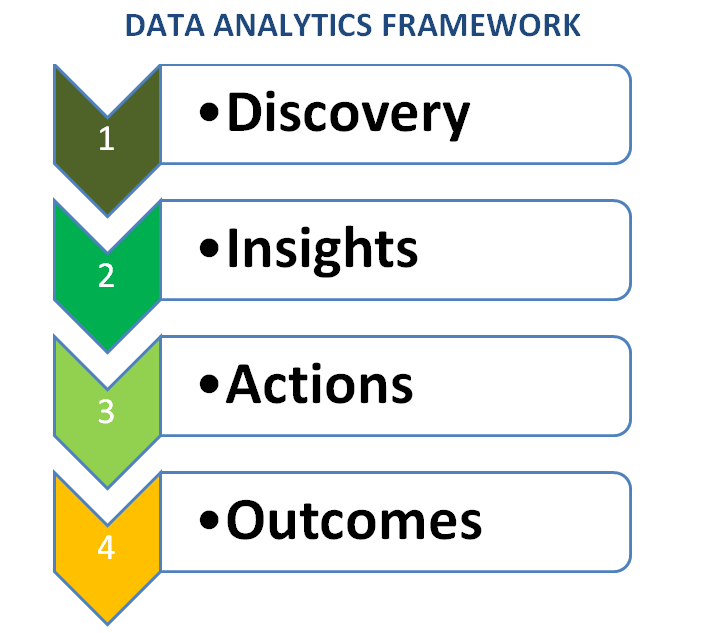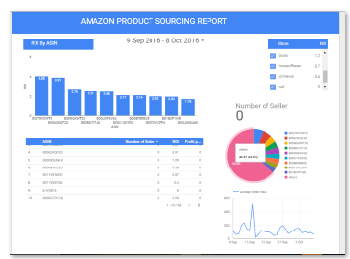In the process of Data Analysis, sometimes, we are too engrossed and happy about the available data and try to jump straight into the data and make a lot of analysis and then later try to fit our analysis round business problems whether or not they exist. Hence we try to even make up problems to fit our analysis where they do not exist.
This approach is generally error-prone and will be met with various revisions as they are not always able to squarely address the problem of the organisation.
The effect is that core business problems which need addressing with analytics are pushed down the solution ladder to make way for less important problems just because those less important problems fit our not-well-frame-out-analysis.
In this succinct guide, we look at a simple framework to carry out an analytics problem at your organisation.
The essence of having a framework , is that it makes you well-organised and save you lot of time and more importantly, the core business problems are tackled squarely before moving to less important ones.
The framework is broken down into four (4) stages:
- Discovery: This is the first component of the framework which involves
- defining the problem of the organisation,
- formulating hypothesis of the problem and
- collecting and exploring data
- Insights: This is where you perform your actual data analysis
- Actions: This component involves linking insights to actionable recommendations and creating an execution plan
- Outcomes: Lastly , you will have to review the outcomes of your long term objectives and solutions.
With this short guide, you can always be assured to have a well laid out approach which makes your analysis formal and be able to solve business problems squarely without wasting time merely performing analysis for analysis sake.







